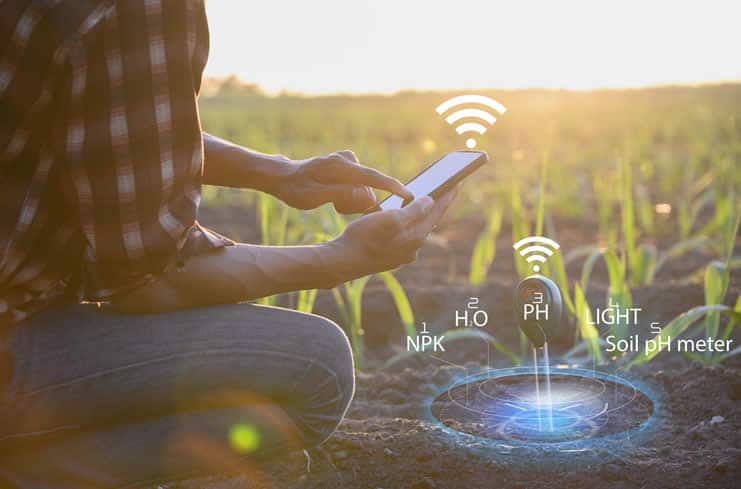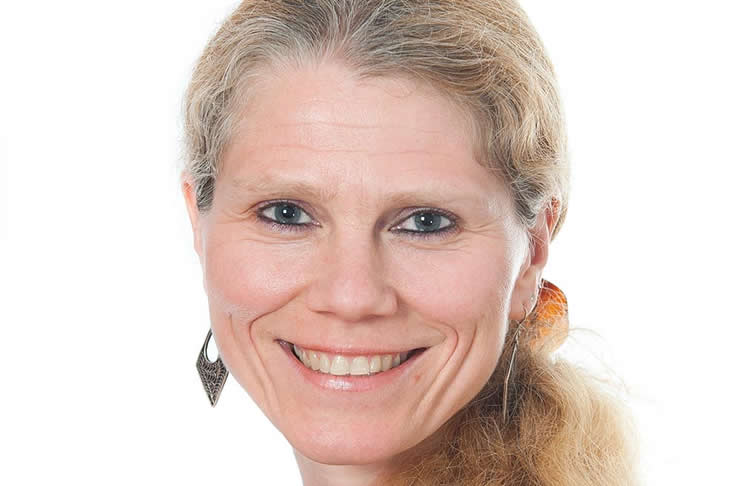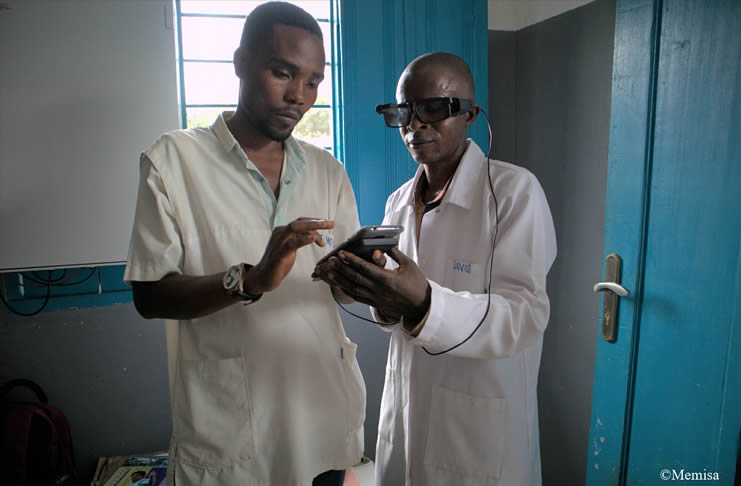
A degree in Astrophysics wouldn’t normally lead one to a career in digital marketing, but that unlikely path is the one which Gianfranco Cuzziol has walked. eCRM specialist Gianfranco is fascinated with the cross-channel journey of the consumer and works with clients to help them leverage points of impact along that journey.
Gianfranco is an independent ECRM expert. He previously worked at EHS 4 D Group as Head of eCRM, where he looked after the development of their eCRM vision, strategy and delivery.
Gianfranco, who presented keynotes and workshops at several of our events, weighs in on the new reality of eCRM.Do loyalty programs actually work and do you have any tips on how marketers can make them more effective?
I think they would work better or rather be measured differently if they weren’t called Loyalty Programs. Most ‘’Loyalty’’ Programs are nothing more than cross sell up sell schemes based around often very clever data insights.
In my opinion there are 2 elements to loyalty – behavioural and attitudinal. Loyalty programs really focus on the former and although they may have an impact of the latter there is more to changing my overall attitudinal loyalty than suggesting I buy a bag of Doritos Chips to go with my regular 6 pack of beer.
But yes they do work. The Tesco Clubcard is a prime example of how to use data at the heart of a successful program. And the use of data is the clever bit that marketers need to focus on to make these behaviour loyalty programs work.
And of course, part of the insight gained from the data is also an understanding of where and how the customer wants to hear from you. In today’s world of the connected customer, brands need to engage on the customer’s terms, whether that is via email, social or face-to-face.
Gretchen Scheiman stated: “The same is true for marketing emails. We may aspire to “conversation,” lead “nurturing” or any number of euphemisms that imply an engaging back-and-forth communication between brand and customer, but the reality is, we can’t handle a discussion.” If we can’t handle a conversation, then isn’t the whole idea of relationships with customers a myth as well?
Ok, I think we all get carried away with what this conversation is. A large part of conversation in the real world is body language. In the digital world body language also plays a part in conversation. That body language is how we as consumers engage with an email, when what and how often we click, how we share its contents, how we browse the retailer’s website after the click.
All of this forms part of the conversation. Conversations do not need to be a discussion in terms of a debate, but more of ‘an exchange of views on some topic’ where the exchange of views is demonstrated by a click or by browsing behaviour. At its basic level, this can form part of a conversation between a brand and the customer.
How do you define “relationship” in the context of marketing?
In my view, for ‘relationship’ read ‘connection’. In fact one definition of relationship is ‘a state of connectedness between people’. Of course in every day life we want to imply some emotional connectedness in that relationship. Well that to me is where the stretch often goes too far.
Being Connected could very well be at a transactional level where I tell what the latest deals are on my website, you show an interest and buy.
Of course that Connectedness can grow and become much more. You might decide to give me feedback on my products or services, and even be an advocate whether by traditional word-of-mouth or via some social channel.
What channels do you think are the most effective for CRM? Phone? Email? Social?
They all have a part to play depending on many factors. Whether that is B2C or B2B and at what point in the ‘relationship’ we are.
I remember being asked at the end of my presentation at Webtrends Engage in London, on how a financial services Institution might tackle comments via Twitter. My rule of thumb was:
- Publicly acknowledge that comment on Twitter – this not only shows your commitment to the channel but also heads off those members of the public who use social to vent their frustration partly because they think that no one is listening. So it’s also great as a PR tool.
- If the customer wants to take it further, then email takes the conversation out of the public arena and shows a certain level of sensitivity that possibly isn’t what Twitter is for.
- Next comes a phone call and even possibly face to face depending on the situation, and the real human touch comes through.
So they are all effective in their own ways and for different reasons.
How much of CRM should be automated based on behaviour, transactions etc.?
Well I guess because we are often dealing with millions of possible permutations based on customer actions, commercial priorities and the context within which CRM operates, it makes sense that a lot of it is automated.
But I think that sometimes the human touch can play a part in creating those Moments of Wow, when something unexpected really takes the customer by surprise and makes them a fan for life.
Unfortunately the economics of it all often don’t allow us to do that. We just need to remember that we need to treat all customers as equals….even if some are more equal than others.






